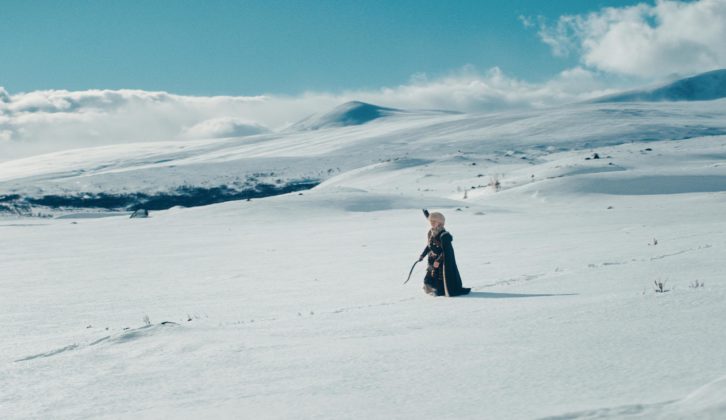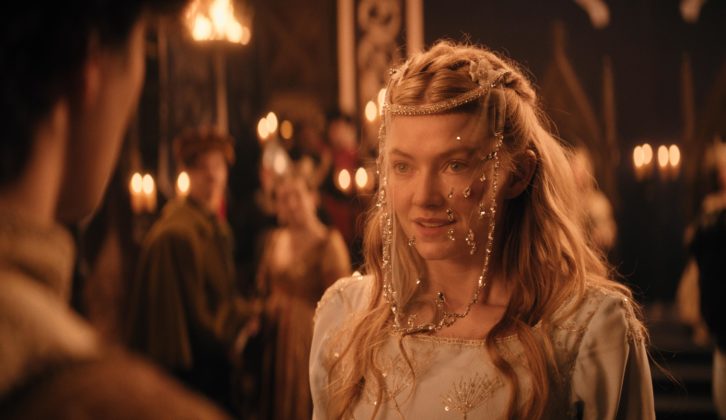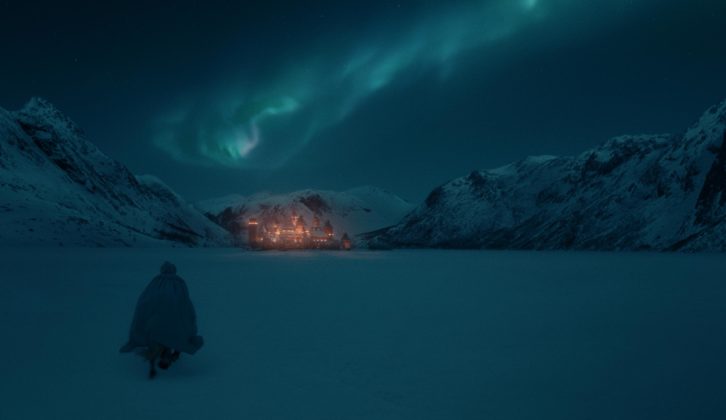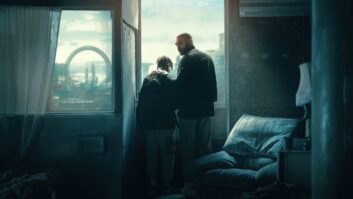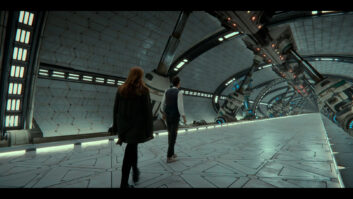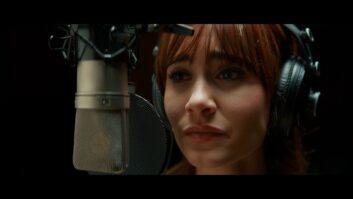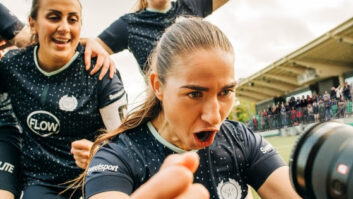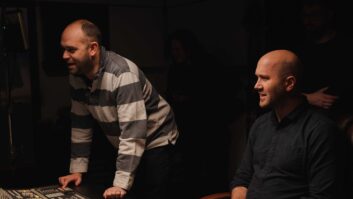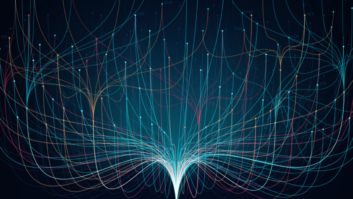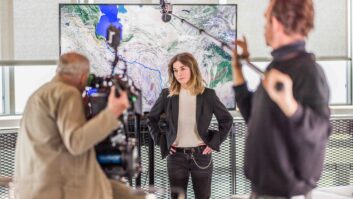Three Wishes for Cinderella (Tre nøtter til Askepott) is a modern take on the classic fairy tale directed in her feature debut by Cecilie Mosli (Thin Ice)
Director of photography Trond Tønder FNF (Vikingulven) shot ARRI Alexa LF and ARRI Master Anamorphics on location in Norway’s stunning winter wonderlands. The film was prepped and post produced at Shortcut Oslo led by senior colourist Dylan Hopkin.
“The director, DP and producers wanted a sense of realism to everything, but still feeling rich, uplifting and magical,” Hopkin explains. “It was important to feel the sincerity of Cinderella’s dreams and hardship, but also get up close with her sense of adventure and determination to get what she wanted.”
Tønder set the foundation for the grade with Hopkin by creating a LUT-package based on a modified Kodak 2383 D65 Film Print Emulation. The look-package contained five different looks, where each was delivered as aml ARRI Look Files for in-camera previewing and cube-3D LUTs for dailies grading.
“It is important to get plenty of depth in the images and showcase the character’s story arc as best as we could,” he explains. “We worked a lot on maintaining depth in the hues, nurturing signature colours like Cinderella’s light blue gown during the royal ball and the opposing dark green gown worn by her stepmother. We also added an additional sprinkle of high-key punch and micro contrast to add more sparkle to the entire movie.”
Working in DaVinci Resolve the colourist used Colour Space Transform to manage drone footage shot on RED with the gamma colour space of Alexa and Adjustment clips to create colour transitions between key scenes.
In ResolveFX, Hopkin used the Glow tool to apply diffusion effects to candles and windows, smoothed transitions between sunny and overcast shots with Lens Flare and textured the entire film with grain for a subtle organic feeling.
Management tools within Resolve helped the colourist instantly adjust certain common corrections in every clip group across the project and to efficiently organise the movie in smaller sizes.
Oslo’s Storm Studios executed a wide range of VFX shots, including some set extensions to the castle and incorporating real footage of the Northern Lights into a number of night skies, and the magical transformation shots with Cinderella.
“For some of these VFX sequences I performed a pre-grade, and gave Storm Studios cube viewing LUT for each shot. When the final comps arrived all I had to do was apply the correct scene-LUT and everything fell into place nicely,” says Hopkin.
A dramatic chase scene by sleigh was particularly challenging and needed a fair share of heavy lifting to address both continuity and to add a gradual transition from dawn to early morning.
“We had shifting cloud coverage and a mix of sunshine and overcast skies to marry together and needed to add a more wintery feeling to foliage throughout the sequence,” Hopkin describes.
Most of the heavy lifting was done with the HDR tool which helped even out large differences in colour temp and exposure. For the more detailed fixes a combination of HSL Qualifier, hue-vs-hue / hue-vs-sat / hue-vs-luma, power windows and 3D window tracking were used to isolate certain areas that needed attention.
To heighten the attraction between Cinderella and the Prince, Hopkin used the Face Refinement ResolveFX to enhance eye contact.
“It is so quick to implement as long as head movement is not too large, and does wonders for the visual perception. Saving lots of time on tedious masking and tracking of eyes and faces.
“Once the sequence had a solid foundation, I then applied a several minute gradual transition from a dusk look to a sun-kissed early morning feeling. This was applied as an Adjustment Clip, where the dusk look was 100 per cent at the beginning of the sequence, and faded slowly to 0 per cent towards the end of the sequence. It was a simple, yet cheeky approach, but it turned out great and helped the story flow as intended.”
The film was delivered as a 4K and a 2K DCP with 2.39:1 aspect for theatrical release, and TV-masters in both UHD and HD resolution for streaming / linear TV.
